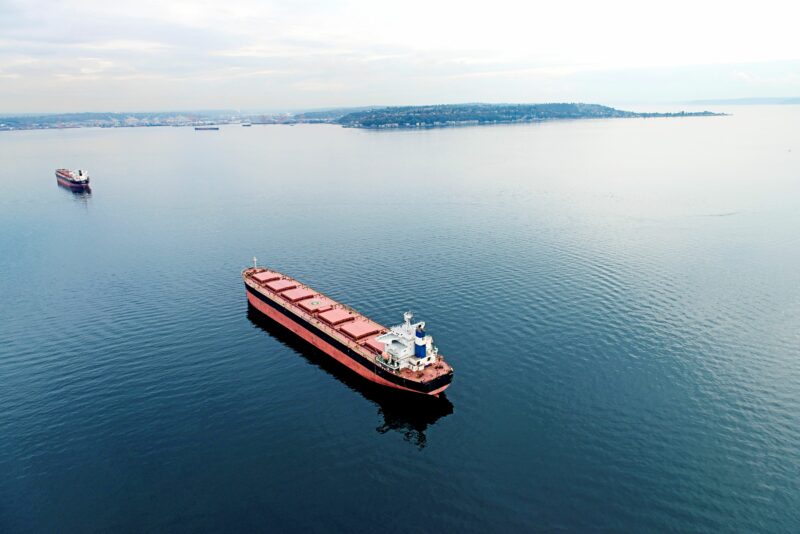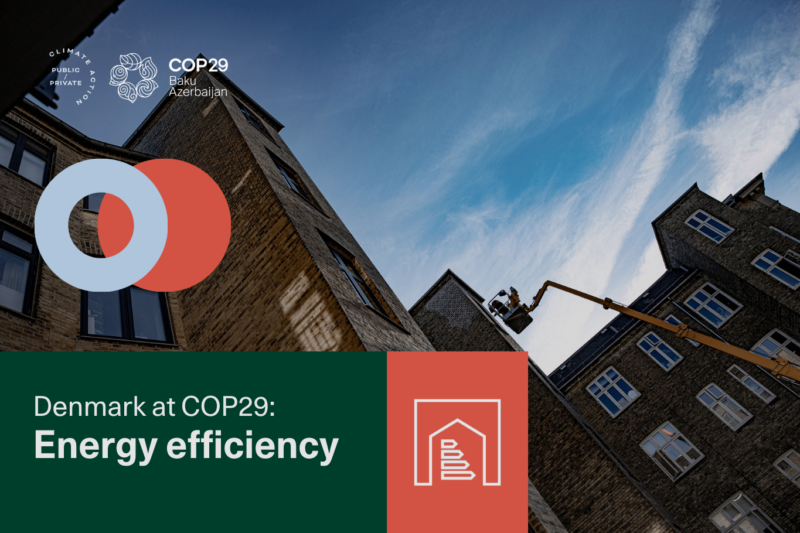News
Energy efficiency in industry
Resource efficient production
Waste policy and planning
Each brick saves 500g of CO2


This is exactly what the REBRICK project does. Over the past eight years Danish REBRICK (in Danish Gamle Mursten), has developed and demonstrated a technology that exploits the huge recycling potential of used bricks. This happens through automated sorting of demolition wastes where old bricks are separated and cleaned using vibrational rasping.
- Read more: Recycling & Reuse
Each reused brick saves 0,5 kilo of CO2 emissions compared to building with new bricks. Put into perspective, building a one-family house takes 16,000 bricks, saving approximately 8 tonnes of CO2.
The cleaning process – from waste to product
The demolition brick debris is loaded into a hopper, which is then transported on conveyers to the separator that separates mortar and other materials, such as wires, cement and wood from the bricks. An automated system further separates whole bricks from damaged bricks. The bricks are then cleaned in a patented, vibration-based process. After cleaning, the bricks are manually sorted according to their visual characteristics, quality and value. Each brick is then placed on a conveyer system to be automatically stacked and wrapped by a robot. The bricks are then ready for a prolonged life in a new building:
“When we receive building waste at our factory, we use a vibrational technology to clean the bricks and we sort them by hand. No water or chemicals are used in the process. By using this technology, we can make large quantities of bricks available to the market,” explained Claus Juul Nielsen, CEO at REBRICK.
First market uptake of brick cleaning technology
The REBRICK project aims to create the first market uptake of a technology that enables a change of paradigm within demolition waste handling and recycling in Europe. Currently, building and demolition waste including cement, mortar and bricks is either landfilled or crushed and recycled. This happens despite the fact that bricks can easily last for several centuries. The production of new bricks is very energy and resource intensive, and therefore, the ability to reuse bricks will have a major environmental impact through reduced CO2 emissions and reduction of waste:
“In many cases we know the origin and history behind the individual bricks. The history is passed on from the old bricks to the new building. This way, the bricks and the new building come to share the same story,” said Claus Juul Nielsen, CEO at Rebrick.
Danish ministers want to build with old bricks
The REBRICK project has also caught the attention of three Danish ministers. Together, the ministers for Climate, Energy and Building, the Environment and Housing, Urban and Rural Affairs have spearheaded a initiative that puts the spotlight on reuse of old bricks in our buildings. The initiative is part of the Danish Governments building policy strategy (in Danish only) aimed at increasing recycling and reuse of building materials:
“It makes really good sense to reuse old bricks which are still of high quality. I am convinced that we can create a new and resource-conscious market, which can promote sustainable building in Denmark, if we become better at reusing materials in building construction. When we reuse the old bricks, we not only think in terms of resources, we also add details and history to our buildings, which carries great value in other ways. So there is a lot to gain by investigating possibilities a bit more in detail,” says Minister for Climate, Energy and Building Rasmus Helveg Petersen.
Source: REBRICK (Gamle Mursten) / Danish Ministry for Climate, Energy and Building
You should consider reading
solutions
Energy efficiency in buildings
+2
Greening the UN one building at a time
20 November 2024solutions
Combined heat and power production
+6















